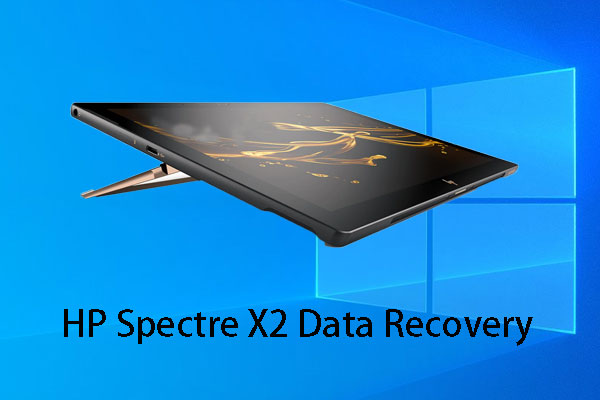Innogrit introduces four new NVMe SSD controllers to the public. If you are interested in them, you can read this post to get some related information about the company and its products & market positioning. If you need some tools to manage your SSD, you can try MiniTool software.
Innogrit SSD Controllers: There Are Four New Ones
Established in 2016, Innogrit devotes itself into the storage industry with the aim of developing storage technology to support AI and big data application.
The long term goal of this company is to pursue the enterprise storage market. However, this company starts from a DRAMless client SSD controller: the IG5208 “Shasta”. This SSD controller is already in mass production with full turnkey reference SSD designs available.
Afterward, the company will enlarge the controllers with more advanced features sets: Shasta+, Rainier and Tacoma. In every iteration, the company increases the performance of its products, adds more advanced & new features, and improves the LDPC error correction engine.
Four Innogrit NVMe SSD Controllers
Shasta and Shasta+ Controllers
Both Shasta and Shasta+ controllers aim at the client SSD market. They are low-cost mainstream solutions.
The Shasta SSD controller has two PCIe 3 lanes and the Shasta+ controller has four. Thus, the latter consequently has higher performance. However, they are quite similar indeed. Both of them have 28nm design and use the NVMe Host Memory Buffer feature but not include DRAM controllers.
Additionally, these two controllers are small enough to be packaged in the single-chip BGA SSDs. The designs of these two SSD controllers contain the standard 11.5x13mm and 16x20mm BGA SSD footprints, as well as a CFX card design.
The improved ECC capabilities of Shasta+ controller makes it to be a better choice for QLC-based SSDs, which both of these two controllers support the full range of SLC through QLC from various manufacturers.
Shasta and Shasta+ controllers are the stepping stones of the enterprise and datacenter markets, so they support some features that are not commonly discovered on client SSDs, like an Open-Channel SSD operating mode.
End-to-end data path protection is also included in the controllers. They also support Power management appropriate for the client and embedded use. The NVMe Boot Partition feature is also supported for embedded systems that don’t include a separate boot ROM device.
Rainier Controller
The Rainier controller is a significant generational advance over the Shasta family. It targets the high-end client and entry-level datacenter markets.
This SSD controller is using one of TSMC’s 16/12nm FinFET processes, which is considered as a necessity for PCIe gen4 support with reasonable power consumption by the company.
It has 8 NAND channels, so its speed can reach up to 1200MT/s which is fast enough for any currently-available NAND. Then, the sequential read and write speeds of the drive can be up to 7GB/s and 6.1GB/s respectively.
It also has some enterprise-oriented features such as multiple namespace support and SR-IOV virtualization. It still supports client-oriented power management with idle states for 50mW and less than 2mW.
Tacoma Controller
The Tacoma controller is the most powerful controller from the company currently. It is built on the Rainier controller by doubling the NAND channel count to 16 that widens the DRAM interface to 72 bits and adds more high-end enterprise features.
The sequential IO performance is roughly the same as for the Rainier controller, but the random IO can get a boost due to the extra parallelism. Its virtualization capabilities are enhanced and the NVMe Controller Memory Buffer feature is supported, which comes in handy for NVMe over Fabrics deployments.
For more information about these four Innogrit SSD controllers, you can go to visit the company official site.

User Comments :